Website www.ritaangus.com | Name Rita Angus | |
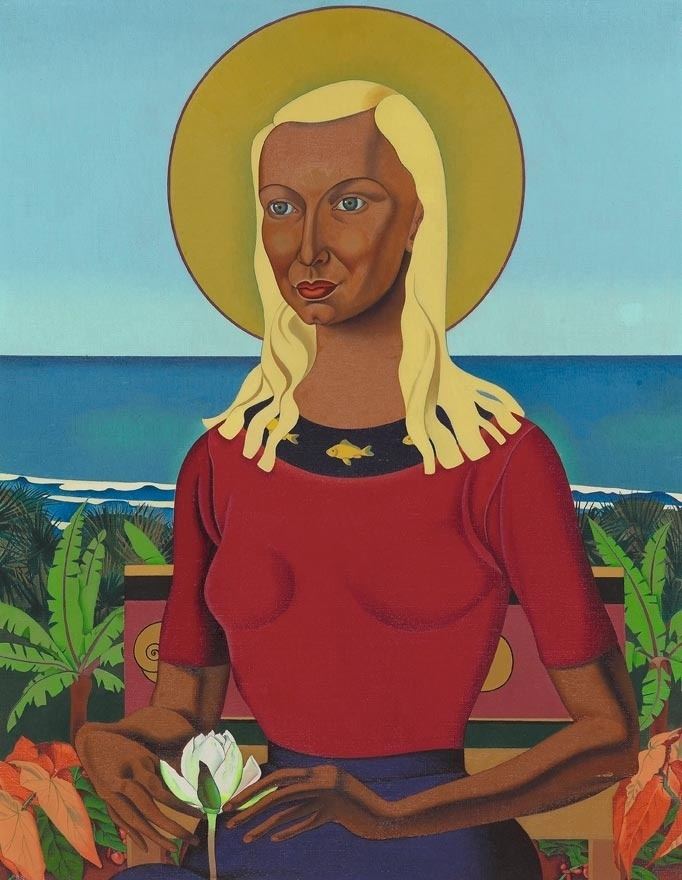 | ||
Full Name Henrietta Catherine Angus Artwork Rutu, Boats, Island Bay, Head of a Maori Boy Known for Oil painting, Watercolor painting | ||
Rita Angus - A Goddess of Mercy (1945-1947)
Rita Angus (12 March 1908 – 25 January 1970) was a New Zealand painter. Along with Colin McCahon and Toss Woollaston, she is credited as one of the leading figures in twentieth century New Zealand art. She worked primarily in oil and water colour, and is well known for her portraits and landscapes.
Contents
- Rita Angus A Goddess of Mercy 1945 1947
- Rita angus and selected works at the whangarei art museum
- Biography
- Death
- Art
- Exhibitions
- References
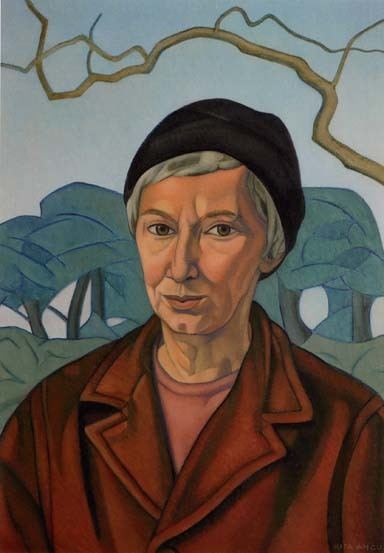
Rita angus and selected works at the whangarei art museum
Biography
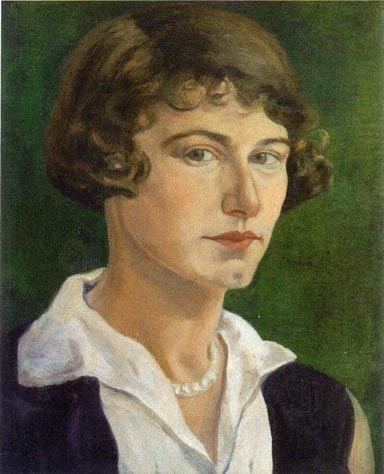
Henrietta Catherine Angus was born on 12 March 1908 in Hastings, the eldest of seven children of William McKenzie Angus and Ethel Violet Crabtree. In 1921, her family moved to Palmerston North and she attended Palmerston North Girls' High School (1922–26). In 1927 she began studying at the Canterbury College School of Art. She never completed her diploma in fine arts but continued to study until 1933, including classes at the Elam School of Fine Arts in Auckland. During her studies she was introduced to renaissance and medieval art and received traditional training in life drawing, still life and landscape painting.
She married Alfred Cook, another artist, on 13 June 1930, but in 1934 they separated due to incompatibility, and divorced in 1939. Angus signed many of her paintings as Rita Cook between 1930 and 1946, but after she discovered in 1941 that Alfred Cook had remarried she changed her surname by deed poll to McKenzie, her paternal grandmother's name. As a result, some of her paintings are also signed R. Mackenzie or R. McKenzie, but the majority are signed Rita Angus.
After a short period teaching art in Napier, Angus lived mostly in Christchurch during the 1930s and 1940s. In the late 1940s she suffered from mental illness and entered Sunnyside Mental Hospital in 1949. In 1950 she moved to Waikanae to convalesce, and then settled in Wellington in 1955.
Death
From December 1969, Angus' condition rapidly deteriorated and she later died in Wellington Hospital of ovarian cancer on 25 January 1970, aged 61.
Art
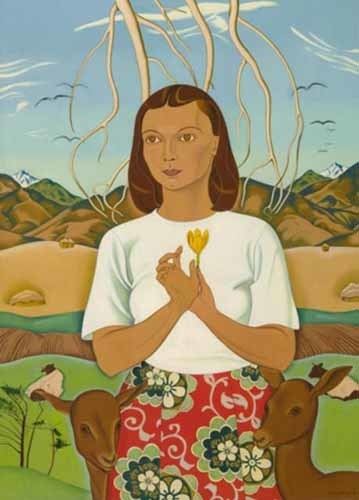
Among Angus' influences were Byzantine art and cubism. She was also influenced by the English painter Christopher Perkins' 1931 painting of Mount Taranaki, a response to New Zealand's distinctive clear lighting. Her landscapes came in a time when many people were concerned to create a distinctly New Zealand style, but Angus herself was not interested in defining a national style so much as her own style. Her paintings are clear, hard-edged and sharply-defined. In the 1930s and 1940s she painted scenes of Canterbury and Otago. One of the most famous of these is Cass (1936) in which she portrayed the bare emptiness of the Canterbury landscape using simplified forms and mostly unblended colours arranged in sections in a style remiscent of poster art. Cass was voted New Zealand's most loved painting in a 2006 television poll.
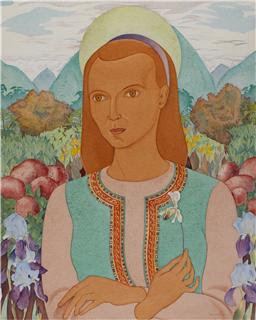
For a while, she lived next to the artist Leo Bensemann. Their adjacent flats became something of a hub of the local art scene and it is said that they spurred each other on in their art. It has been stated that Angus produced some of her finest pieces during this time including many portraits.
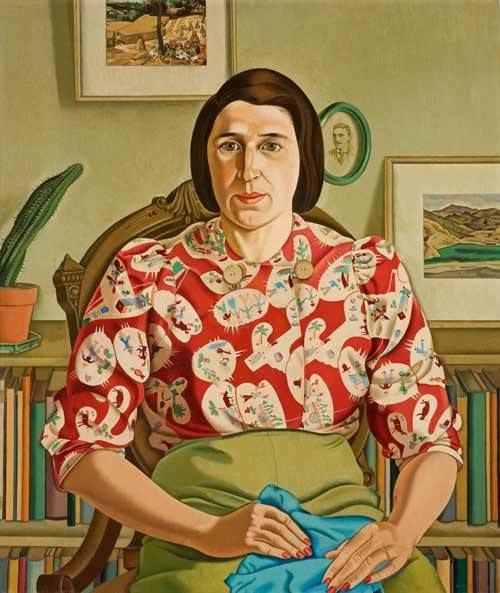
Angus' pacifist beliefs can be seen in her art of the 1940s. Angus stated, "As an artist it is my work to create life and not to destroy it." She created three goddess images symbolizing peace of which "Rutu" is the most well known.

In the early 1950s Angus spent some time travelling around New Zealand. One of her trips was to Central Otago, where she painted her well-known piece Central Otago. In 1955 Angus moved to Wellington and from this time her landscapes focused on Wellington and the Hawke's Bay which she visited regularly. Boats, Island Bay is one such iconic Wellington painting.
Angus painted a large number of portraits, including "Head of a Maori Boy" (1938) and "Portrait (Betty Curnow)" (1942). She was able to capture the personality of her subjects, moving beyond a mere representation of their form. Angus also painted 55 self-portraits.
In 1958 Angus won a New Zealand Art Societies' Fellowship and travelled to London to study at the Chelsea School of Art and the Institute of Contemporary Arts. She also visited Scotland and Europe and studied modern and traditional European art.
Angus devoted much of 1960 to the painting of a mural at Napier Girls' High School which can now be seen at the front of the school hall. The mural was commissioned to commemorate the girls who died in the 1931 Hawke's Bay earthquake.
